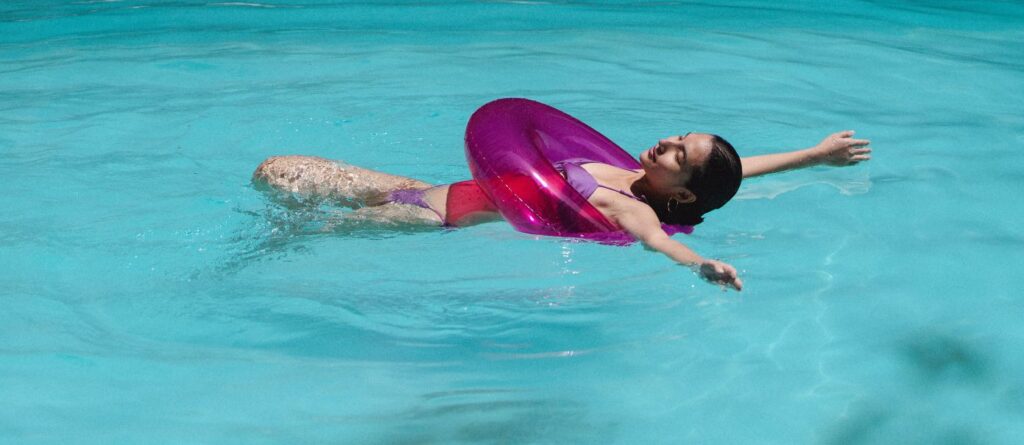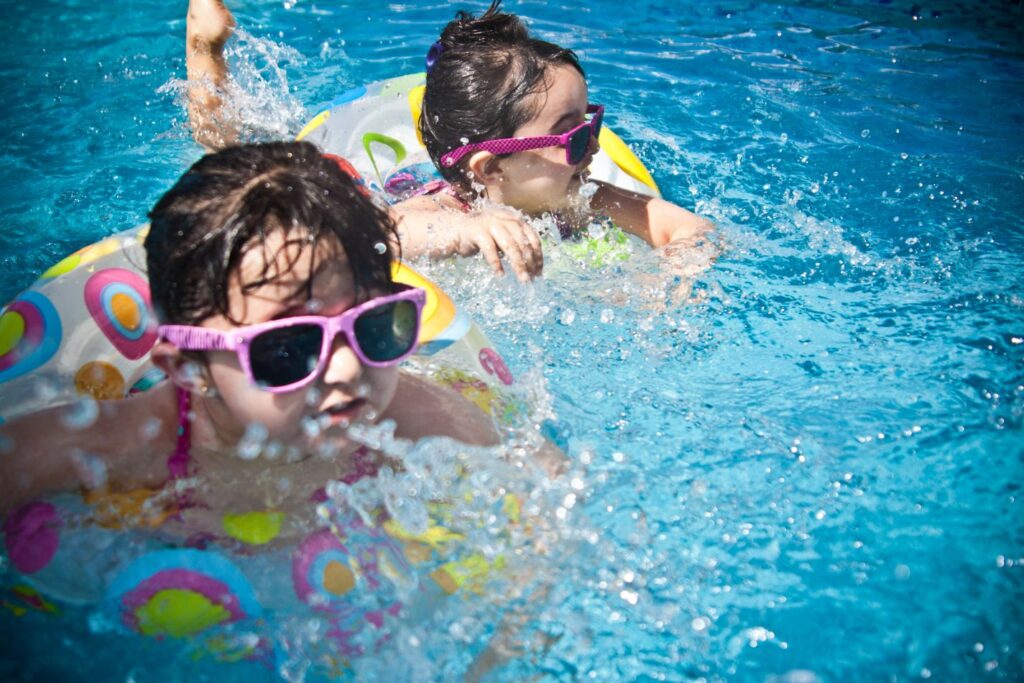Summers are here, meaning more poolside parties, refreshing drinks, and sunbathing at the beach. Whether you or your family will be spending time at a residential pool or a swimming facility, it is best to know the main poolside safety tips to prepare better.
Table of Contents
Poolside Safety Tips you need to Know

Obey the Pool Rules and Safety Instructions
If you are at a public swimming facility, be sure to read the rules regarding play and conduct carefully and follow them. Failing to follow the rules may compromise your safety and get you in trouble with the management.
However, unsafe conditions at a pool may leave the property owner liable for any resulting injuries. According to Koch & Brim, property owners have a duty of care to protect their premises from accidents, such as a slip and falls.
Never Run
This is perhaps the most important rule: never run near a swimming pool. You should always walk slowly and watch out for any slippery puddles to avoid slipping and sustaining a serious injury.
Children often like to run and are at higher risk of breaking a limb if they slip on the wet floor. Teach your kids to slow down and keep an eye on them throughout.
Make Sure Everyone Knows How to Swim
Not knowing how to swim shouldn’t stop you from enjoying poolside fun, but it should keep you away from the pool. If you feel like missing out on all the fun, wear a life vest or other safety gear before entering the pool.
Never let your children go alone in the pool if they don’t know how to swim. Accompanying them is best. Don’t allow a child to swim alone, even if they are all geared up. Moreover, keep them away from pool pipes, drains, and other openings to avoid entrapments.
Entrapment occurs when something or someone gets stuck in these suctions or drains and poses a serious threat to young children who are not strong enough to break away. As a pool owner, you should regularly inspect your drains and pipes to ensure optimal function.
Avoid Roughhousing and Swimming in the Shallow End
Drowning accidents occur during rough play in the pool, especially with children. Strictly prohibit jumping on each other in the pool and staying underwater for long periods of time.
Additionally, only dive in assigned areas, and avoid diving into an above-ground pool to prevent life-threatening injuries.
Always Be Prepared

It is best always to have safety gear nearby the pool or spa. These include a portable telephone, personal flotation device, first aid kit, and scissors to cut clothing, hair, or a pool cover.
Learning to perform CPR on adults and children and practicing those skills is also good. Keep your valuables in a bag and away from water.
Do Not Swim in Bad Weather
If a storm or rainfall is approaching, put off your poolside plans till later. Lightning can strike suddenly, even with clear skies and no rainfall. And since water conducts electricity, this can make swimming and lightning a dangerous combination.
As a storm approaches, take cover and stay out of the water until at least 30 minutes after the last thunder or a jolt of lightning is seen.
Fence Your Pool
Adding a fence completely enclosing your swimming pool is a good safety measure. The fence should be a minimum of four feet high. Moreover, add a gate that automatically closes and locks.
Do Not Swim When Tired or Right after Eating
If you are planning or attending a pool party, ensure your child doesn’t jump in the pool right after eating or when exhausted. This is because the blood pumping to your digestive tract after eating takes the blood needed to keep your legs and arms from moving rapidly when swimming.
Moreover, many people feel tired right after consuming a meal, which can be risky if you’re swimming shortly after. It is best to wait at least 30 minutes before hitting the pool after eating.
Take Protection from the Sun
Sun safety is an important part of poolside safety. Since outdoor swimming occurs during peak UV months, you are especially vulnerable to harmful UV rays. It is therefore important to take the following sun safety measures:
- Cover as much skin as possible using a wetsuit, swim gear, or casual wear.
- Use an SPF 50 broad-spectrum sunscreen that is also water-resistant. Be sure to apply it generously on exposed body parts 20 minutes before taking a dip. Choose a formula that isn’t too heavy or greasy and can be easily applied every two hours. Don’t forget your neck, ears, and any other exposed parts. If you have children, use a product with a child-friendly formula.
- Avoid swimming during peak UV hours. This means swimming early in the morning or later when the rays aren’t too intense.
Final Thoughts
Poolside fun is the highlight of summer, but it can bring some risks. If you or your child is ever involved in a pool accident, it is best to consult a personal injury lawyer who will guide you regarding the legal procedure and help you receive the financial compensation you deserve.













